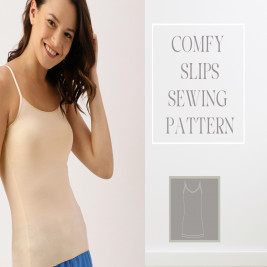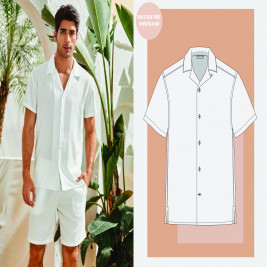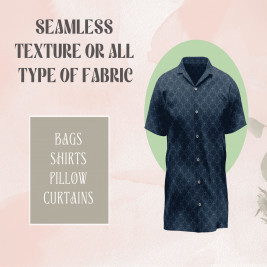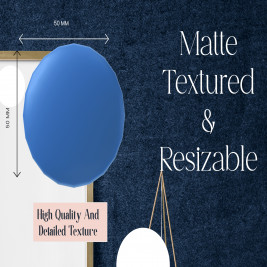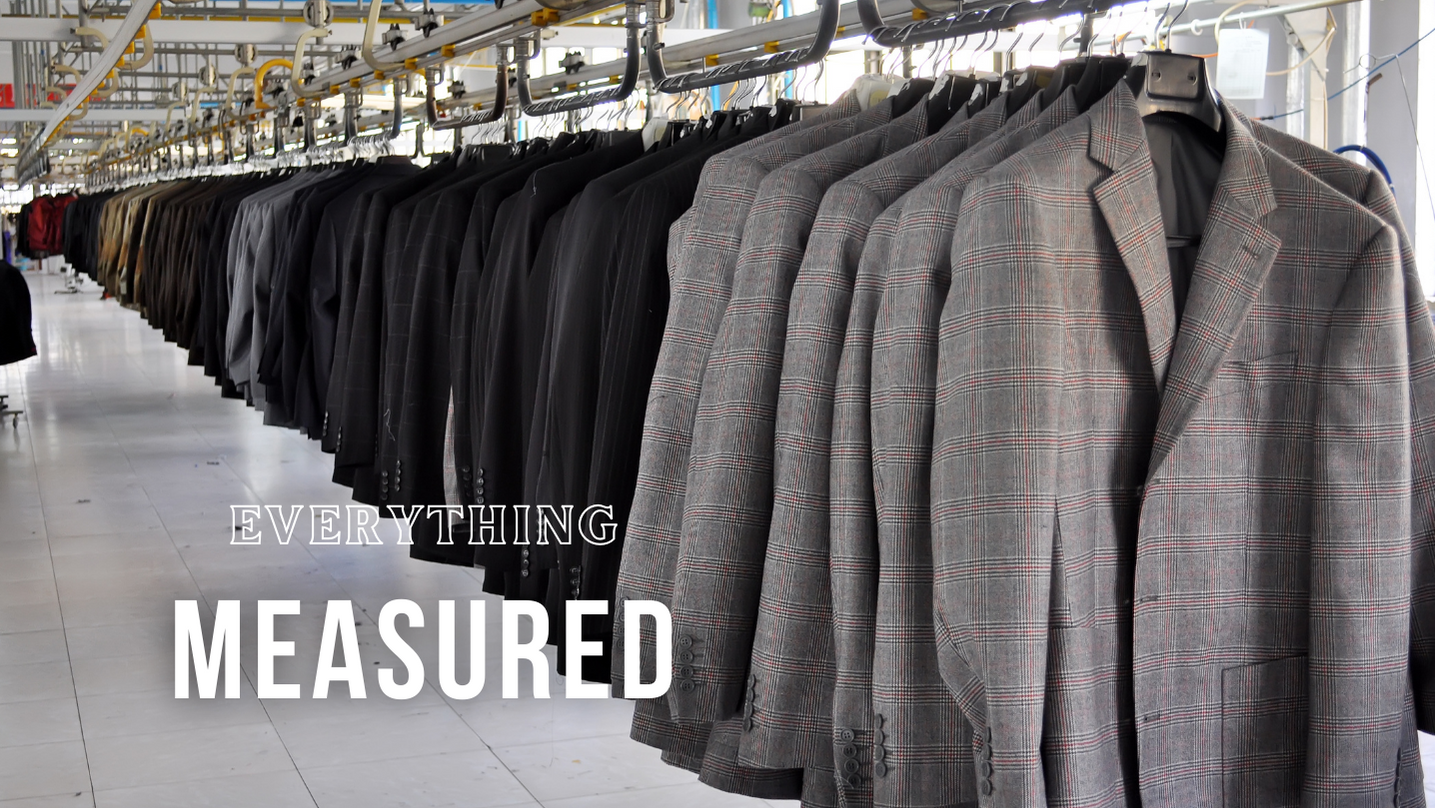
The fashion tech pack contains everything the factory needs
The Ultimate Guide to Fashion Tech Packs: Essential for Successful Production
Introduction
The tech pack is an integral part of the fashion design process, ensuring your creative vision is accurately realized during production. But with so many components to consider, where do you begin? What information is crucial, and what should you avoid? This guide covers everything you need to know about creating an effective fashion tech pack.
What is a Fashion Tech Pack?
A fashion tech pack (or technical package) is a detailed document provided to factories by brands or designers in the apparel and fashion industry. It serves as a blueprint, containing all the necessary information to make, construct, and assemble garments or other fashion products. While spec sheets might suffice for smaller productions, tech packs are essential for larger quantities, ensuring every detail is captured.
Why Do You Need a Tech Pack?
- Minimize Errors: A tech pack reduces the likelihood of mistakes during production by providing clear, detailed instructions.
- Streamline Production: It acts as a guideline, enabling manufacturers to produce your designs without constant back-and-forth communication.
- Consistency: Tech packs help maintain brand consistency and quality control across different products.
- Cost-Effectiveness: By reducing miscommunication and mistakes, tech packs save time and money.
- Sustainability: They help minimize waste by ensuring accurate material usage and efficient production processes.
Key Components of a Fashion Tech Pack
- Product Summary: Includes article name, code, description, product type, color, gender, season, supplier/country of origin, and retail price.
- Technical Flats: Detailed technical sketches from all angles (front, back, side, inside) that show the garment’s design when laid flat.
- Measurements/Grading Specs: Measurement details across all sizes, including tolerances.
- Color Definition: Color palette and colorways, showing how colors are combined or paired with other fabrics/materials.
- Bill of Materials (BOM): A comprehensive list of all fabrics, trims, and hardware needed for the garment.
- Construction Details: Step-by-step instructions on how to assemble the garment, including stitch types, seam placements, and closures.
- Care Information: Guidelines on how to care for the garment post-production.
- Cost Sheet: Detailed breakdown of all costs associated with designing, manufacturing, and shipping the garment.
- Comments & Feedback: Section for the product development team to review samples and provide feedback.
Creating a Tech Pack: Tips and Best Practices
- Start with a Table of Contents: Organize your tech pack by creating a checklist based on your factory’s requirements.
- Detailed Drawings and Measurements: Begin with technical sketches and precise measurements, then move on to material specifications and construction methods.
- Include Photos/Sketches with Annotations: Ensure all images are labeled with detailed written instructions to avoid misinterpretation by manufacturers.
- Use Technology to Your Advantage: Software like WFX PLM can simplify the tech pack creation process, ensuring all essential details are clear and reducing the likelihood of errors.
Spec Sheet vs. Tech Pack
While sometimes used interchangeably, spec sheets are typically a subset of a tech pack. Spec sheets focus on technical details like measurements and materials, whereas tech packs are more comprehensive, including additional information like grading sheets, cost sheets, construction methods, and more.
The Role of Technology in Tech Pack Creation
Creating a tech pack doesn’t have to be a daunting task. Modern software tools can streamline the process, offering dynamic, easy-to-navigate platforms that support real-time collaboration and reduce the risk of errors. Platforms like WFX PLM allow for efficient creation, management, and sharing of tech packs, making the process straightforward and efficient.
Conclusion
Tech packs are essential for successful fashion production, but they don’t have to be complex. By leveraging existing templates and modern software solutions, you can focus on refining your designs rather than getting bogged down in administrative tasks. Embrace technology to stay ahead in the ever-evolving fashion industry, and ensure your creations come to life exactly as you envisioned.


.jpg)


